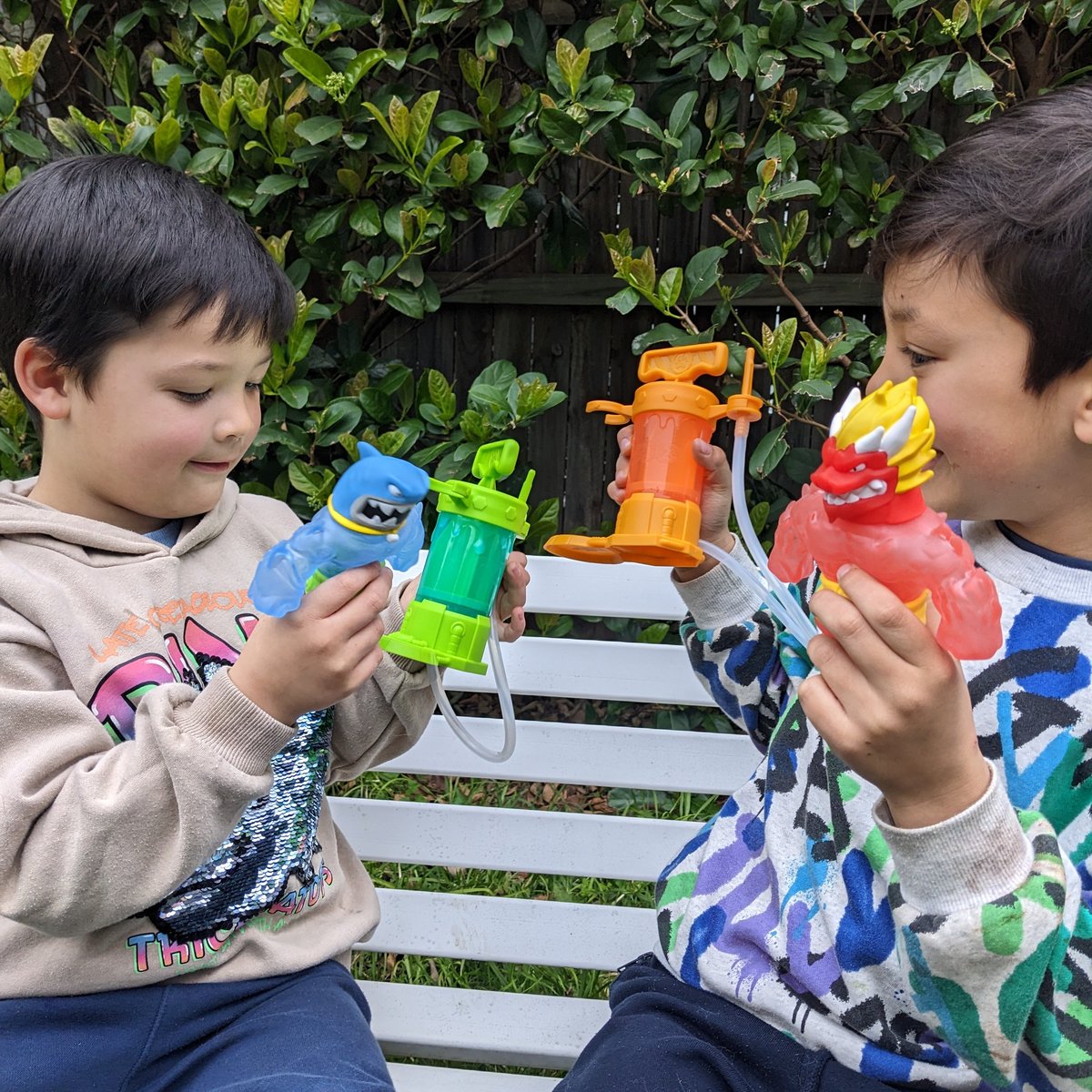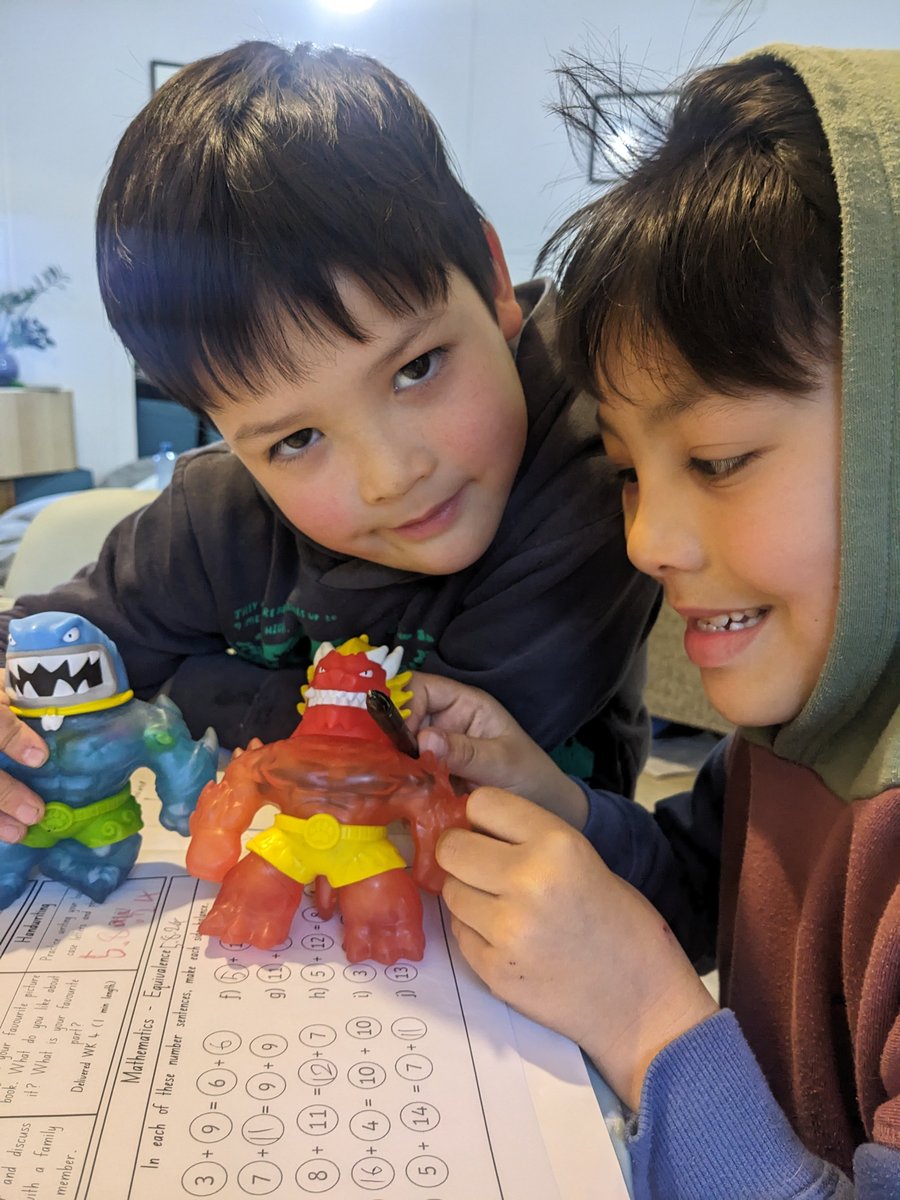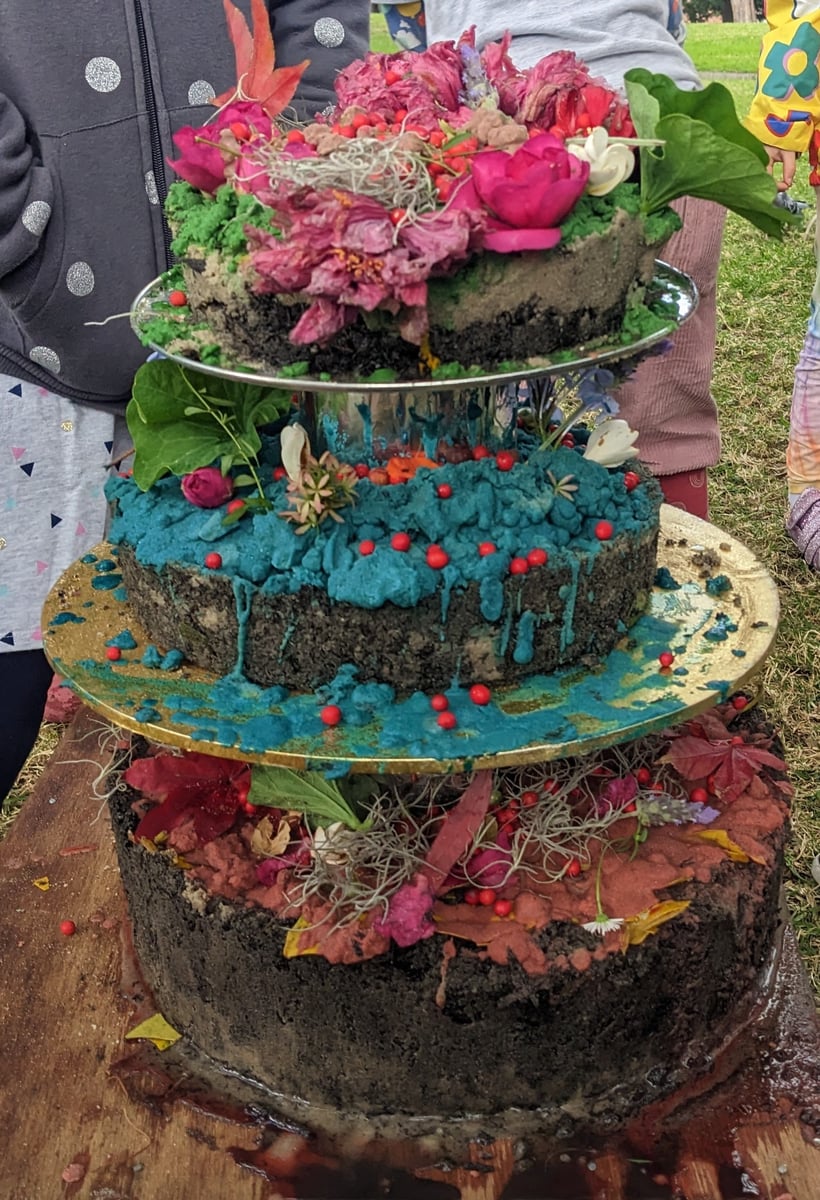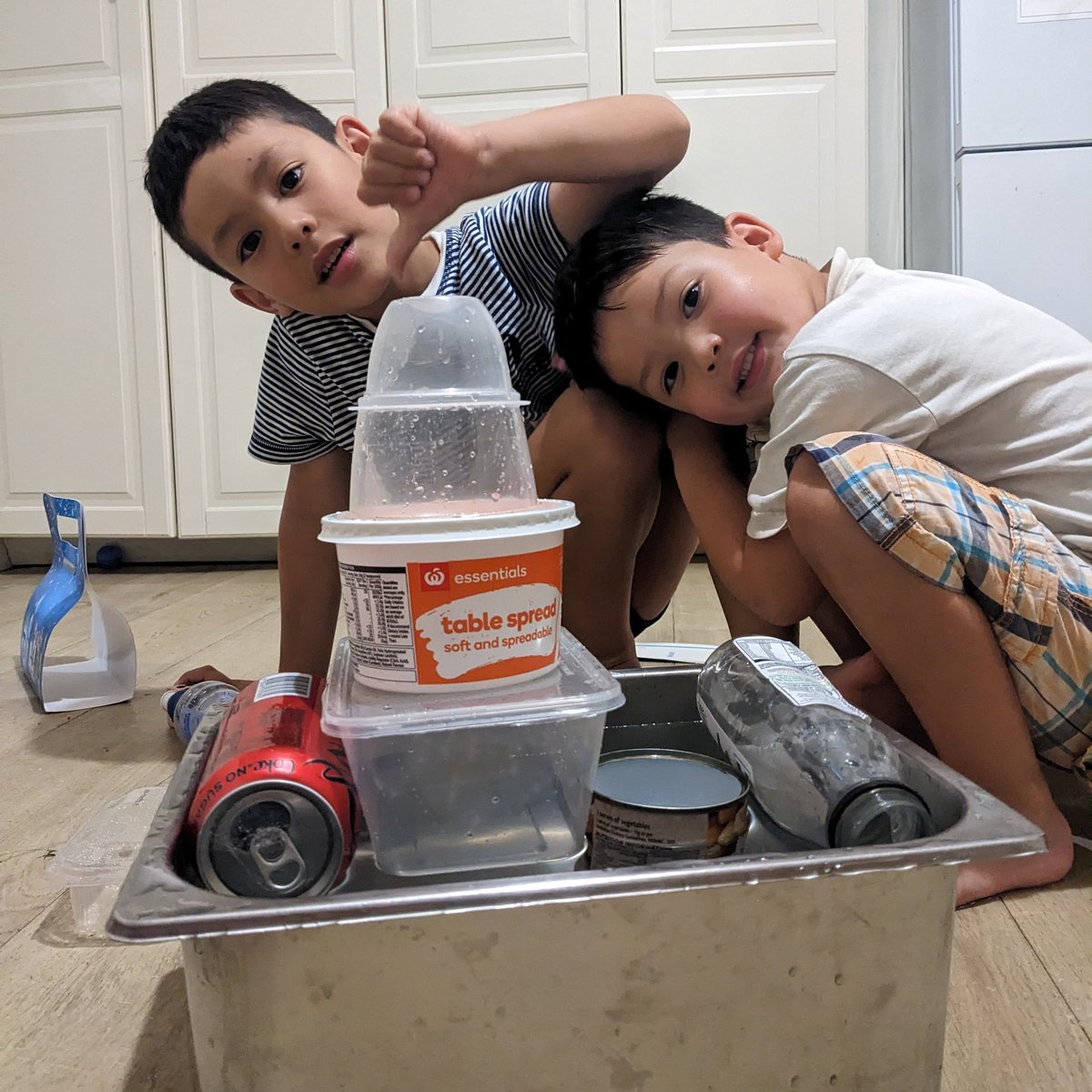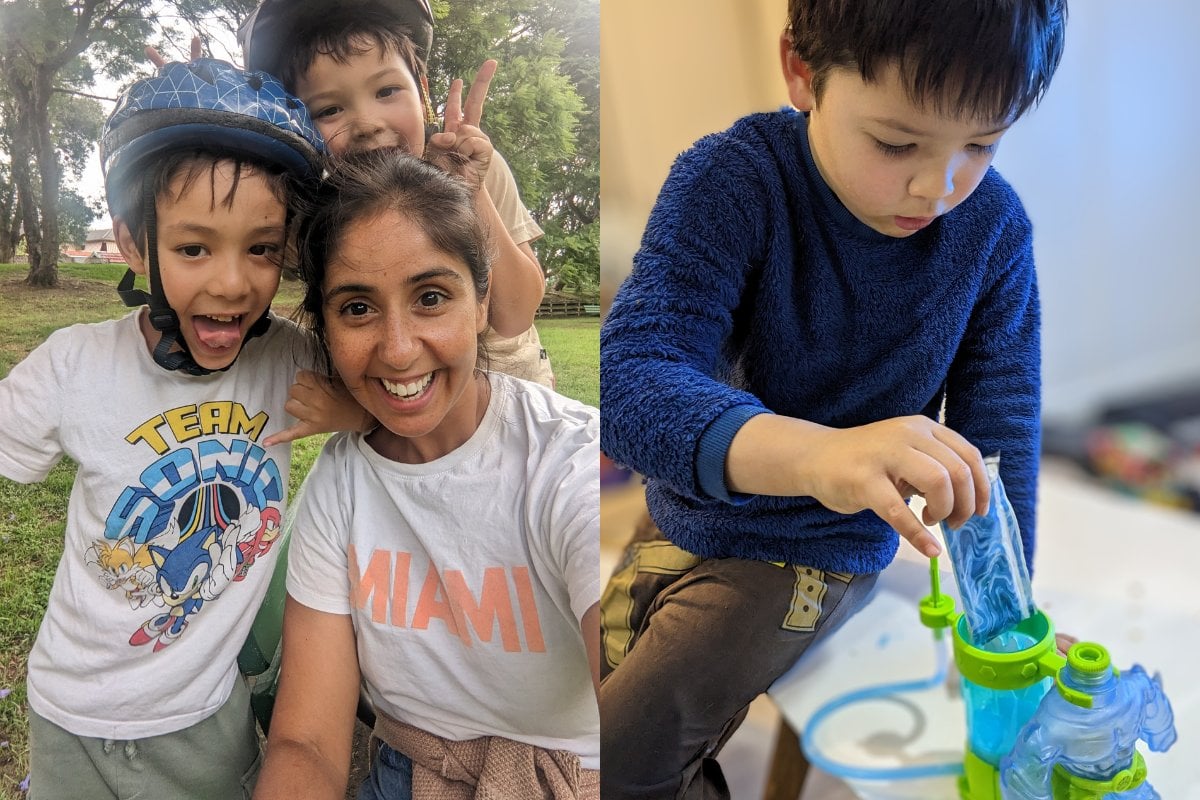

Squishing dough between your hands, finger painting and catching bubbles are time-honoured childhood play activities. It’s only since becoming a parent that I have come to understand that these all fall under the umbrella of 'sensory play', which, in addition to being a heap of fun, also offers fantastic developmental benefits.
From an early age, our children explore the world by utilising their senses, and one of the best ways to encourage this is by embracing sensorial toys and activities.
Admittedly, some (but not all!) sensory play is messy. But if you consider the proven benefits that sensory stimulation has on building nerve connections and neural pathways in young growing minds, then surely that’s worth spreading out a bit of newspaper on the floor.
The other great thing about sensory play is it doesn't need to be pricey. There are well-priced sensory toys and activity kits, or you can go full DIY with supplies from the supermarket or craft store, or even just improvise using items around the house.
Here are a few of our family’s favourite sensory play activities that won’t cost the world.
1. Build your own sensory toy.
My five-year-old and seven-year-old sons are rusted-on fans of the animated TV series Goo Jit Zu, so they were stoked to try the new Heroes of Goo Jit Zu Hero Creator kits. Essentially, these are build-your-own sensory toy kits, containing everything you need to make your own gooey and stretchy hero figurine.

